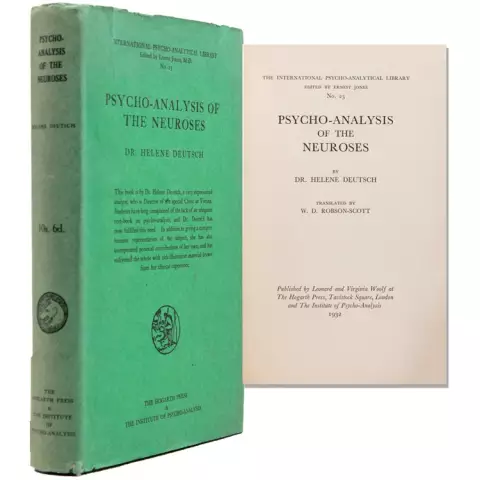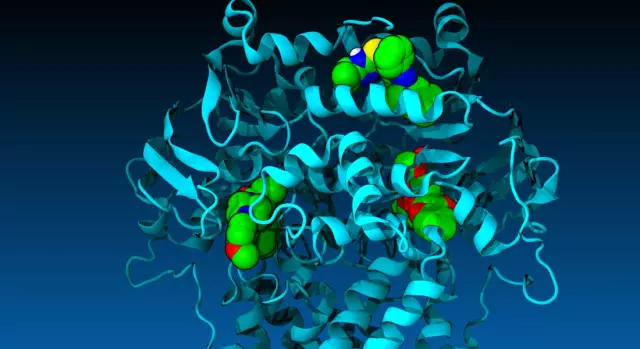- Author Rachel Wainwright [email protected].
- Public 2023-12-15 07:39.
- Last modified 2025-11-02 20:14.
Psychoanalysis as a method of treating neuroses
Psychoanalysis is one of the priority types of therapy for neuroses of various stages. This method is of great importance, since it allows you to alleviate the patient's condition or lead to complete recovery through treatment without the use of any drugs, that is, without the intervention of foreign chemicals in the body.

Benefits of psychoanalysis
In comparison with other methods of psychotherapy, psychoanalysis has several advantages:
- Psychoanalysis works with the cause of neuroses, therefore, it is aimed not at relieving symptoms, but at eliminating the root cause of the disease.
- The lack of drug therapy eliminates the possibility of allergies or side effects. While antidepressants and tranquilizers are used for the treatment of neuroses, which can cause lethargy or drowsiness, psychoanalysis leaves the patient in a vigorous state that does not interfere with the educational process or work.
- The possibility of using the method in patients with neuroses of different age groups. Successful use is observed in children from two years of age.
How is the treatment going
For the clinical application of psychoanalysis, you should make an appointment with a psychologist practicing in this area. During the first meeting, the specialist tries to find out the stage of the process and the time of the onset of neuroses. Most often they arise as follows:
- After a mental trauma that left a mark on the mental apparatus. The psyche is trying to get rid of this trauma through neuroses.
- Against the background of internal conflicts, in which the realization of certain mental needs is impossible or distorted. Such limited real possibilities cause an accumulation of tension, which results in the form of neurotic symptoms.
During the reception, the psychologist conducts conversations with patients, during which he tries to remove the reasons from the subconscious zone and make them understandable for the patient, as well as help to independently identify ways to resolve internal conflict and relieve tension.
Psychoanalysis involves verbal communication, in which the role of the psychologist is reduced to building the general course of the conversation and asking leading questions. In the course of answering these questions, a person is able to understand himself, his motivation and the processes taking place in the psyche. After realizing and modeling an accurate picture of your personality, a sharp decrease in internal tension occurs.
At the next stage, with the help of psychoanalysis, favorable conditions are built for personality change, which can remove the need for neuroses that were caused by previous contradictions. Complete sincerity, the absence of fear of judgment on the part of the psychologist during treatment allows the patient to understand internal contradictions and relationships with others.
Duration of treatment
The time of the need for psychoanalysis and the duration of the sessions are determined by the psychologist. During the first visit, it is difficult to establish the period required for a complete cure, since each patient has his own speed of changes and transformations, which will become clear in the first stages of psychotherapy.

After the very first sessions of psychoanalysis, patients, as a rule, note that their condition improves, they become more balanced, and relations and communication with others and close people reach a new level. In the overwhelming majority of cases, patients feel a surge of energy, which was previously spent on internal struggle. This allows you to engage in a particular sport or creativity, which will also speed up the course of treatment.
Neuroses can disappear within six months after the start of treatment, but the complete cure of internal causes requires continuing meetings with a psychoanalyst. The frequency of the sessions changes during the course of treatment: at first, psychoanalysis is necessary two to three times a week, but soon the frequency of meetings decreases to once a week.
Found a mistake in the text? Select it and press Ctrl + Enter.






